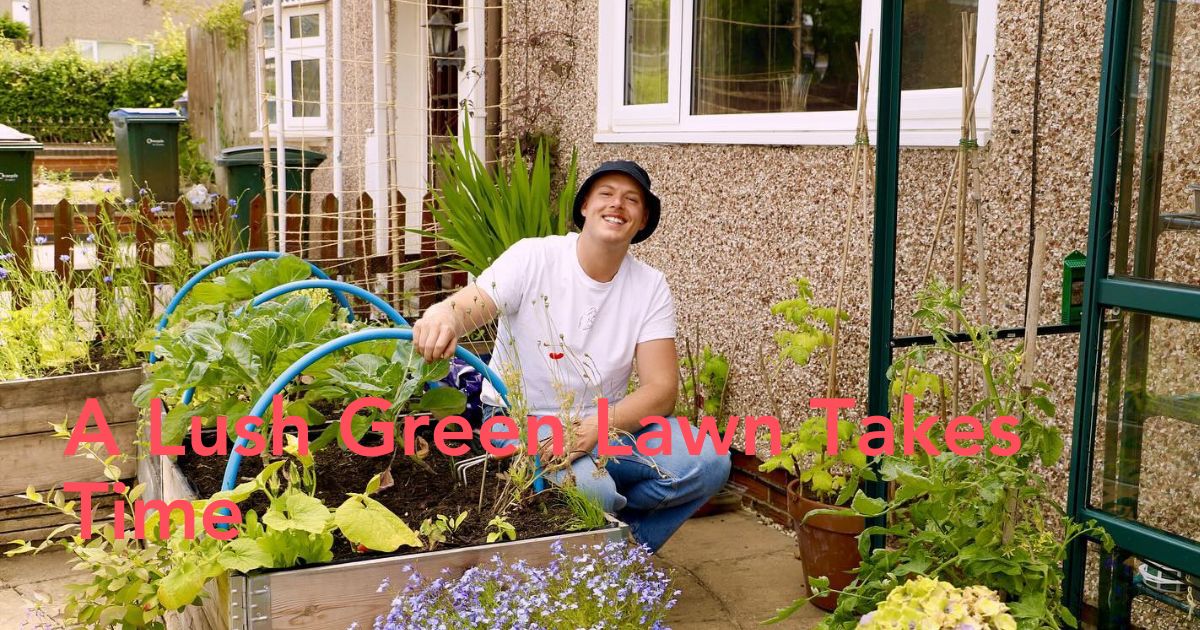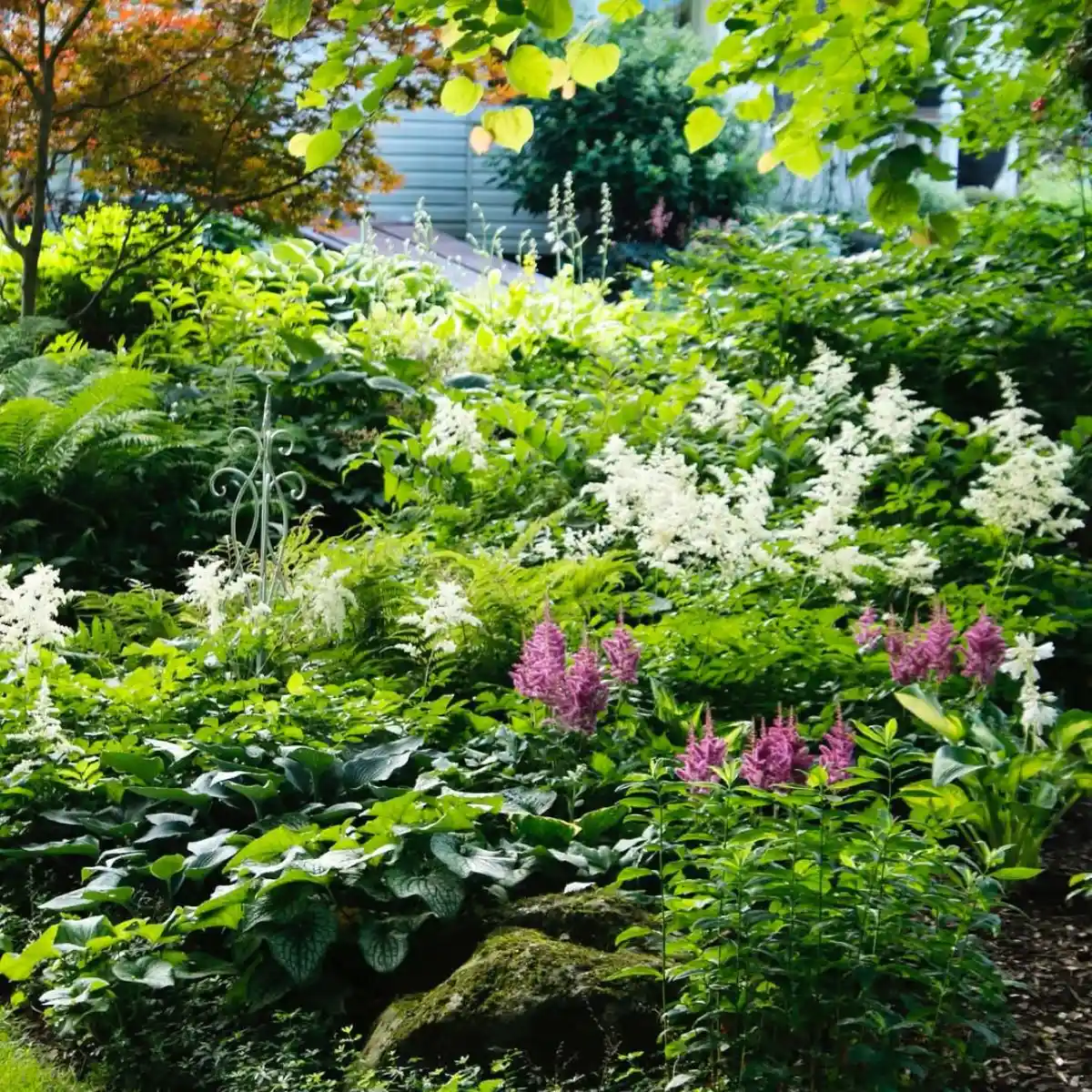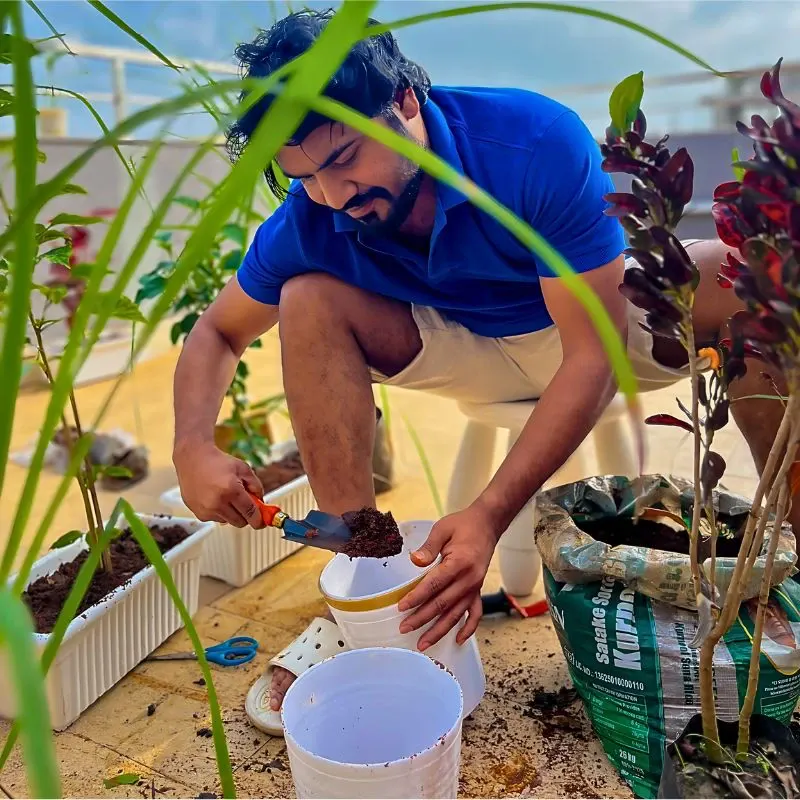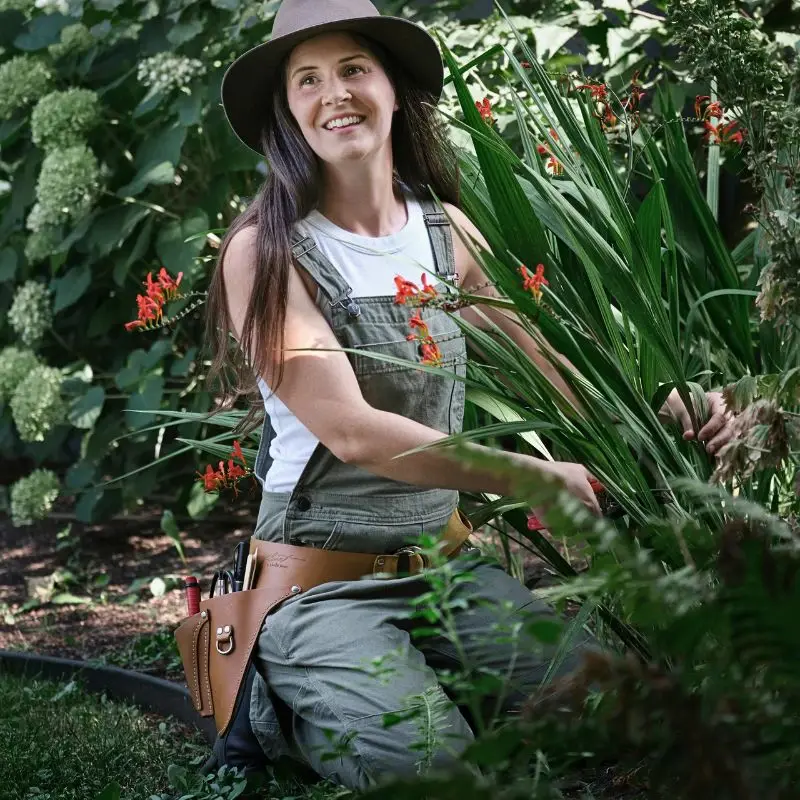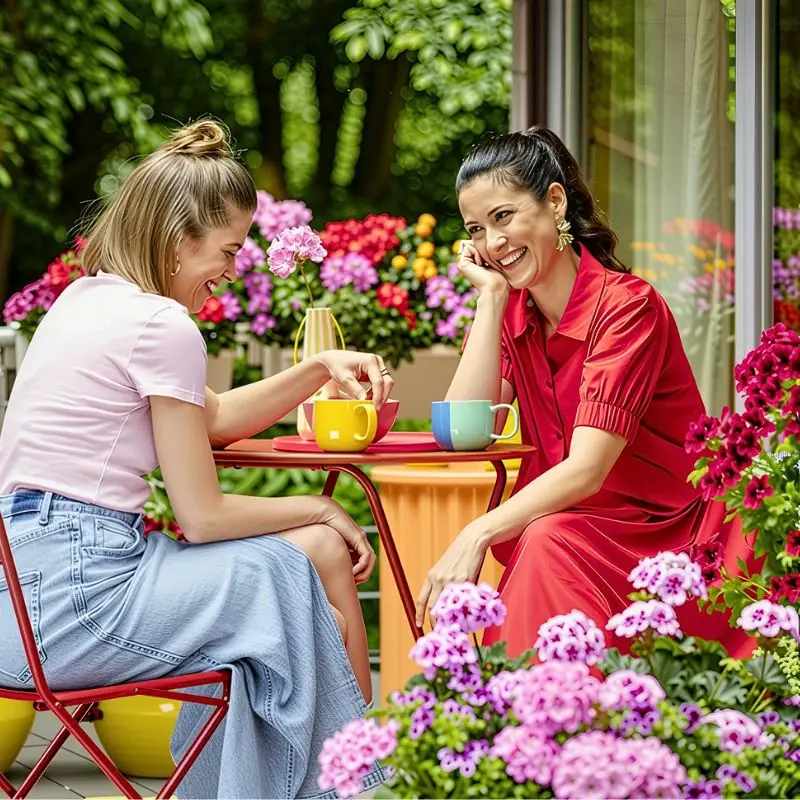Cultivating the perfect garden can be labor and time-intensive, depending on the scope of the project you're undertaking. Even growing a lush green lawn takes time and care over prolonged periods.
With the aid of modern tools, creating a wonderful garden oasis full of life and an enchanting place to become not just more accessible but also more manageable. Even if you're starting from a decent base, the right tools and know-how can empower you to tackle the task with confidence.
For those looking to make gardening easier and remove some of the more intensive aspects of creating the perfect landscape for their home, the following tips can help make gardening more accessible, whether you have limited time, mobility, or desire to spend all of your time knee-deep in soil.
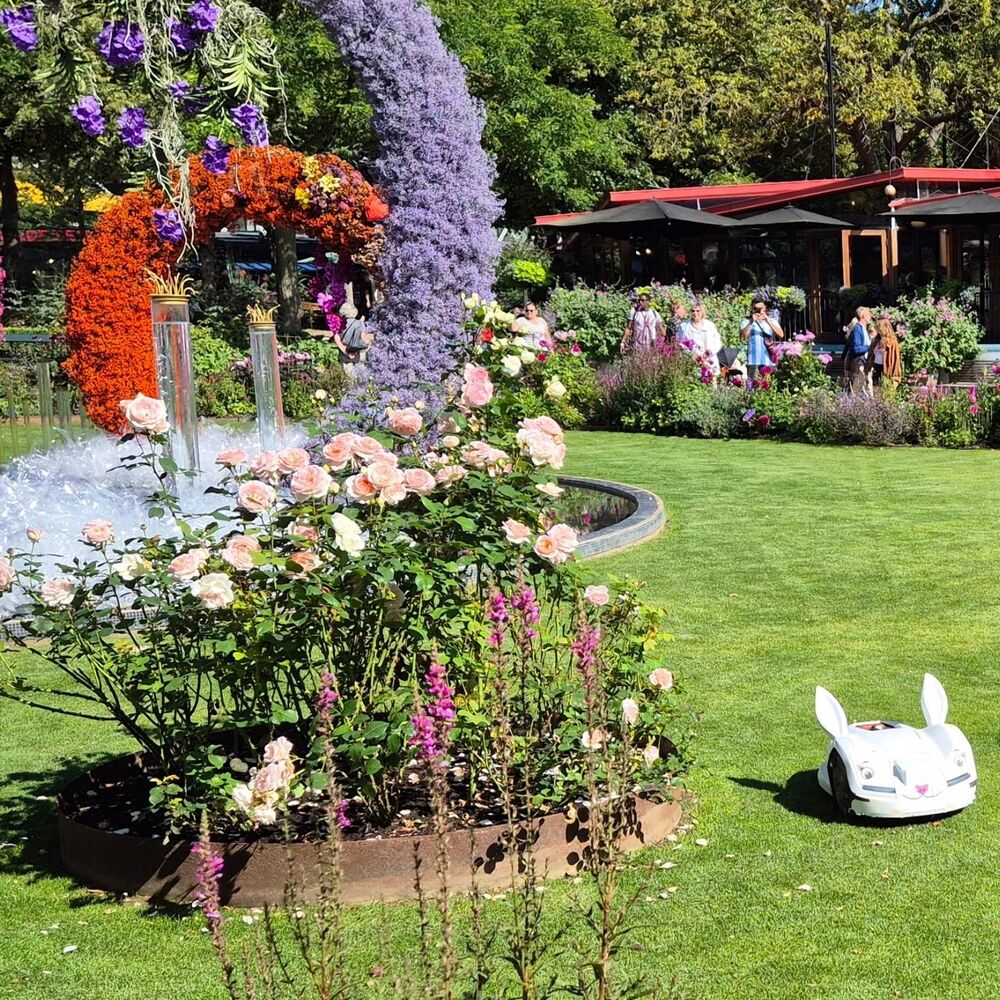
Robotic Lawn Mowers
While not for everyone, the robotic lawn mower can be a great tool for those unable to mow lawns manually as they do all the work for you. All you need to do is ensure it has a clear path, and you simply let it loose on the lawn, emptying it as required. You can purchase a range of different styles and powered lawn mowers; you can buy a push, self-propel, or a robotic lawn mower, for your gardening needs. However, if you're looking for something that cuts down time and effort spent on mowing your lawn, then a robotic one can be helpful meaning you only need to perform smaller lawn maintenance tasks that the mower can't deal with; robotic mowers can only move in certain directions so bear this in mind when considering purchasing one as it might not be suitable of your lawn.
Invest in Ergonomic Tools
Ergonomic gardening tools are a comforting solution designed to alleviate stress and strain on the body, making your gardening experience more comfortable and enjoyable. Tools made from aluminum alloy or carbon steel are lighter, reducing the burden on your hands and body, and providing a sense of relief from physical strain.
Tools that have been designed specifically for accessibility, such as hand towels with a longer curved handle or a vertical handle, are easier to hold for people with grip issues. Long-handled tools can also reduce the need for bending to dig. A garden kneeler and seat can help you have something to hold on to when completing gardening tasks, so you do not need to kneel on the ground.
Look for tools with adaptations to the standard design to find options that can facilitate easier usage.
Raised Beds and Containers
Both of these options are self-contained areas that offer smaller spaces for your plants and an elevation off the ground that reduces the need to get down on your hands and knees.
Firstly, raised beds and containers can have smaller surface areas for your pants, meaning you can arrange them as you wish as focal points and not have to fill spaces in the ground, which can require you to purchase and plant more than you might want to or be able to.
In addition, both options are raised off the ground, meaning you don't have to bend. But the key to both being beneficial is to ensure you're choosing higher options, i.e., waist height, not ankle height, so you get the most from their designed construction to facilitate an easier gardening experience.

Stay Small and Simple
If you're looking for a straightforward approach to gardening, remember that less is more. Commit to creating standout areas that are small in size but big on impact. This approach allows you to enjoy the same gardening experience on a smaller, more manageable scale.
Choose one corner of the garden, stick to a strict maximum dimension for your flower beds, and resist the temptation to keep expanding.
Choose plants or flowers that are easy to care for; maybe you can stick to one variety. Sunflowers, cornflowers, and daffodils are amongst some of the easiest-to-care-for and hardy flowers for your garden.
Consider Drought Tolerant Plants
These are, as they sound, plants that can withstand less care and attention and don't require you to frequently water them
If lugging a watering can up and down the garden is too much for you physically, or you don't have the time or funds for extensive watering or even an irrigation system, drought-tolerant plants can be the perfect compromise. You want to look at lavender, Verbena, Geranium, and Russian Sage, to name a few examples.

Avoid Seasonal Short Life Flowers
To make your life easier, bypassing flowers that only have a short lifespan can cut down on having to keep pulling them out to replace them. Instead, consider those that have long flowering seasons so you don't have to worry about removing them constantly. Shasta Daisies and Hydrangea are two popular options for all gardeners and have extended bloom periods.
Create A Schedule
If devoting one block of time to your garden to get everything done isn't possible, creating a schedule for all your gardening tasks can be helpful. Assign short blocks of time to do small but specific tasks on a regular basis to assist you with the upkeep. This can help you avoid putting things off until there is a lot to do, making it a chore rather than something you enjoy. By creating a maintenance or watering schedule and assigning times and dates, you can keep on top of everything in a way that works for you, feeling organized and in control.
Get Help
Getting help for your gardening needs can be an excellent way to create a thriving garden full of life without all the hard work. You can hire a gardener to take over all of your gardening needs for you or just the more intensive tasks you cannot or don't want to tackle personally. This way, you get the best of both worlds: Your garden looks amazing for you to enjoy, but you don't have to do all of the work yourself to achieve this look.
Gardening doesn't have to be a challenging chore. These tips can help you reduce some of the hard work and ensure you get the garden you want without the effort.

